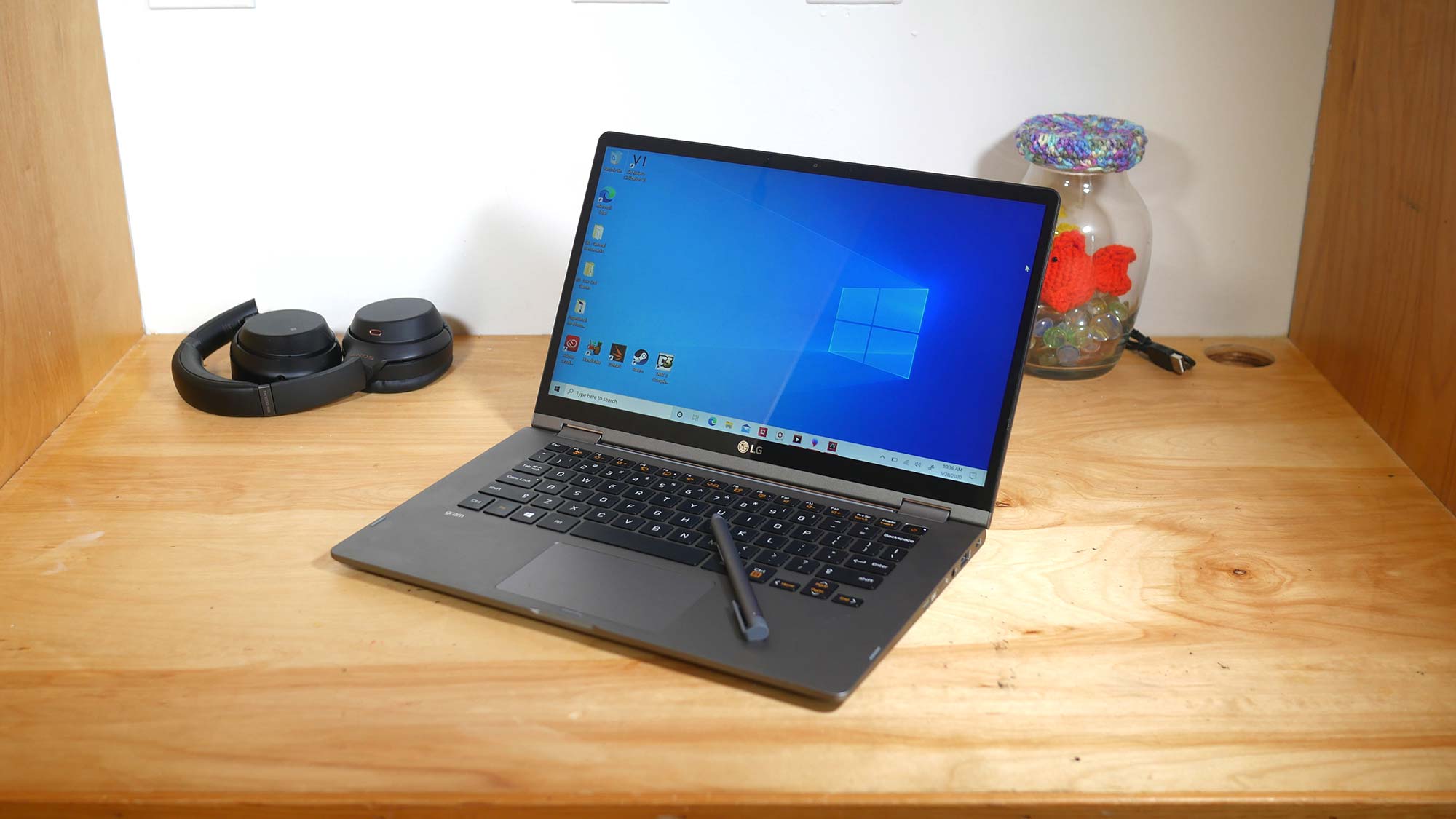Windows 10 update bug ruins your Wi-Fi connection: What to do now
Microsoft is currently investigating

It's a new week, which means Windows 10 has a new set of problems we need to make you aware of. The latest bug does the unthinkable: it breaks your Wi-Fi connection — well, sort of.
Users are reporting a bug that makes the Wi-Fi icon disappear from the taskbar despite there not being any problems with the internet. Caused by the Windows 10 May 2020 Update (as Windows Latest reports), the icon vanishes but users can continue to browse the web with a functioning Wi-Fi connection.
- How to Use Windows 10
- Best college laptops in 2020: Best laptops for students
- Windows 10 May 2020 update: What's new and how to download it
That wouldn't be such an annoyance if certain apps didn't go off what the operating system reports, which in this case is a failed connection. Windows 10 users with this bug can still open Chrome and browse the web, however, certain apps, like Spotify or Microsoft 365, rely on what the OS says about the internet connection and, therefore, appear offline.
A telltale sign that you're experiencing this error is a yellow triangle that would appear on the system tray, wrongly reporting that you have "No Internet Access" even when you're connected to a functioning router.
“I’ve rebooted my laptop, reset the router and reinstalled the network wireless adaptor but still the same message,” one user wrote on Microsoft's forums.
What to do now
Microsoft acknowledged the error in a TechNet forum post, stating "Customers are reporting "no internet" access in the Network Connectivity Status Indicator (NCSI) on Windows 10 2004 devices on devices that in fact can ping internet resources or browse web sites with internet browsers."
Microsoft is currently investigating the problem but has not released any update thus far. Our advice is to either wait for an official fix or to roll back to a more stable version of Windows, before the May 2020 update.
Sign up to receive The Snapshot, a free special dispatch from Laptop Mag, in your inbox.
If you want to revert to an older version of Windows 10, open the settings menu by pressing the Windows icon in the bottom-left corner then click the Settings gear (or type "Settings" in Windows Search).
Choose "Update and Security" from the main Settings page. On the left-hand side, make sure "Windows Update" is selected. Toward the bottom, you'll see "View Update History." Select it. Press the first option: "Uninstall update."
Phillip Tracy is the assistant managing editor at Laptop Mag where he reviews laptops, phones and other gadgets while covering the latest industry news. After graduating with a journalism degree from the University of Texas at Austin, Phillip became a tech reporter at the Daily Dot. There, he wrote reviews for a range of gadgets and covered everything from social media trends to cybersecurity. Prior to that, he wrote for RCR Wireless News covering 5G and IoT. When he's not tinkering with devices, you can find Phillip playing video games, reading, traveling or watching soccer.

